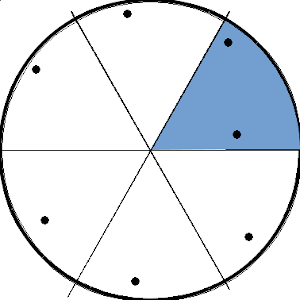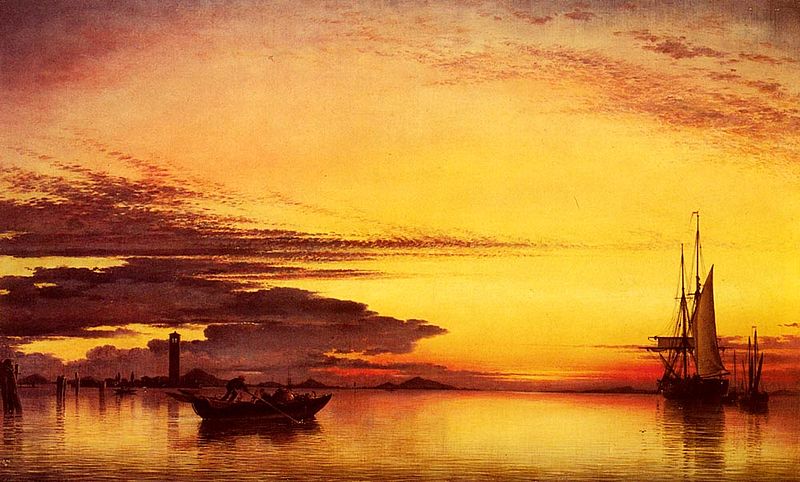In 2013, University of Minnesota geography student Daniel Crawford composed “A Song of Our Warming Planet,” a solo cello piece built on climate data. The pitch of each note corresponds to the average annual surface temperature of a year in the range 1880-2012 in data from NASA’s Goddard Institute of Space Studies; each ascending halftone represents roughly 0.03°C in planetary warming.
“Climate scientists have a standard toolbox to communicate their data,” Crawford said. “We’re trying to add another tool to that toolbox, another way to communicate these ideas to people who might get more out of music than maps, graphs, and numbers.”
Below: He later applied the same method to create a string quartet using data from 1880 to 2014. The four parts reflect the average annual temperatures in four regions: the cello the equatorial zone, the viola the mid-latitudes, and the violins the high latitudes and the arctic.






